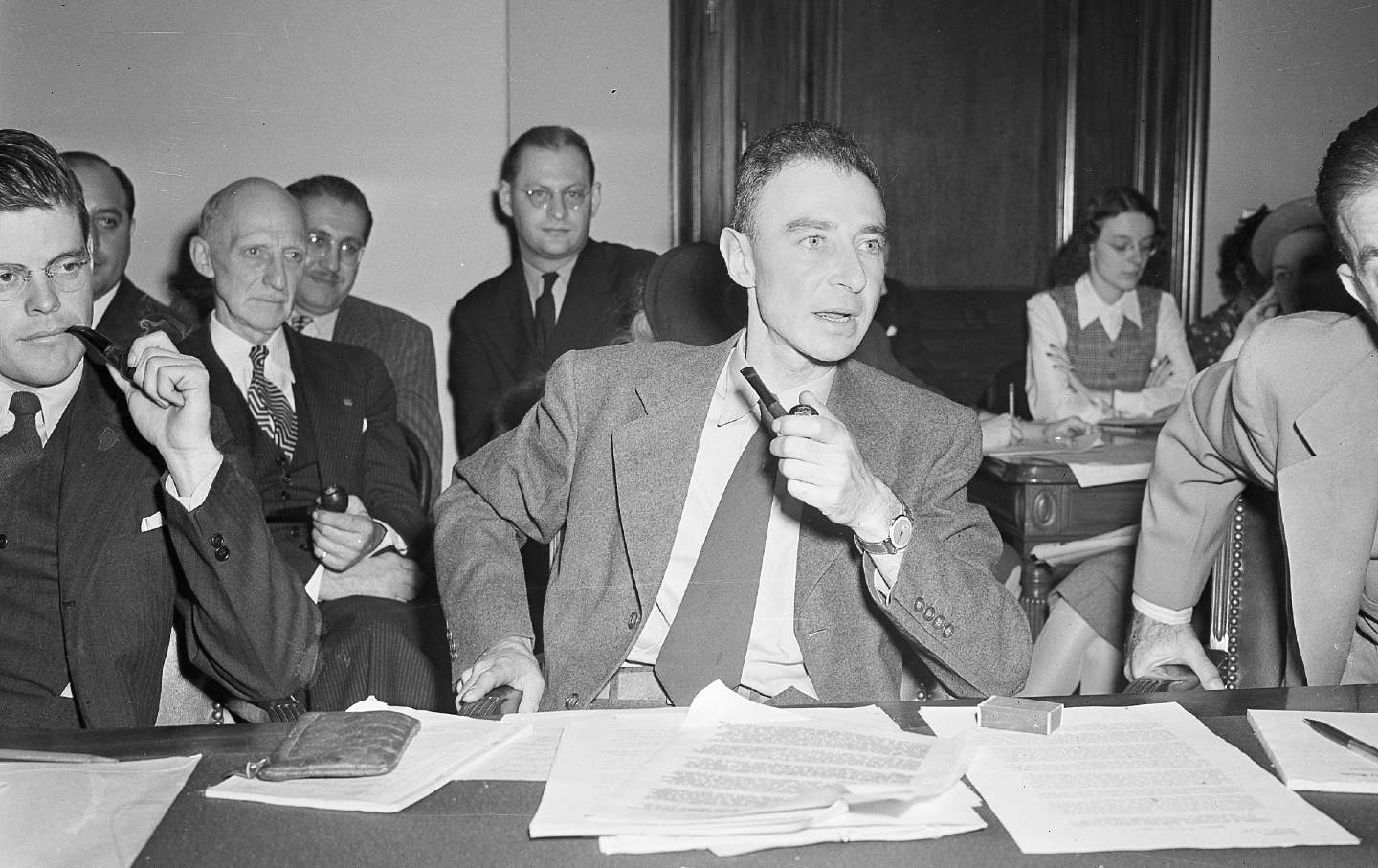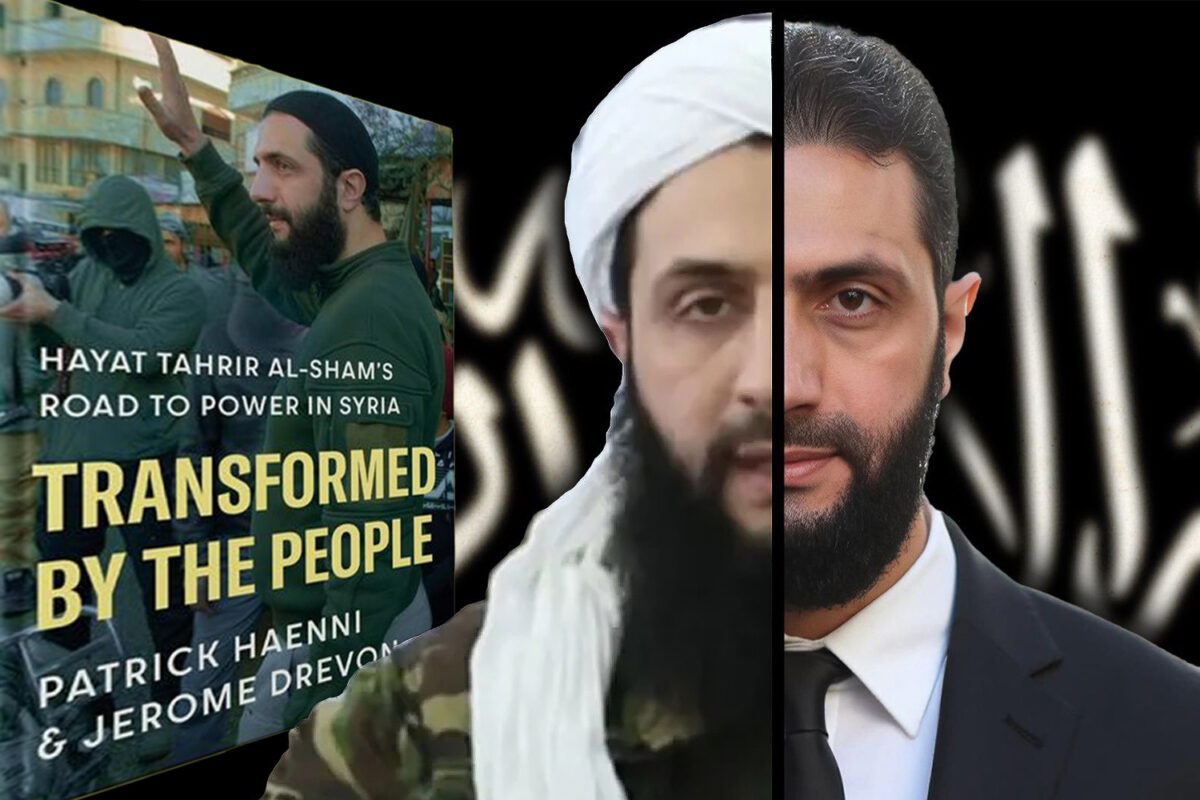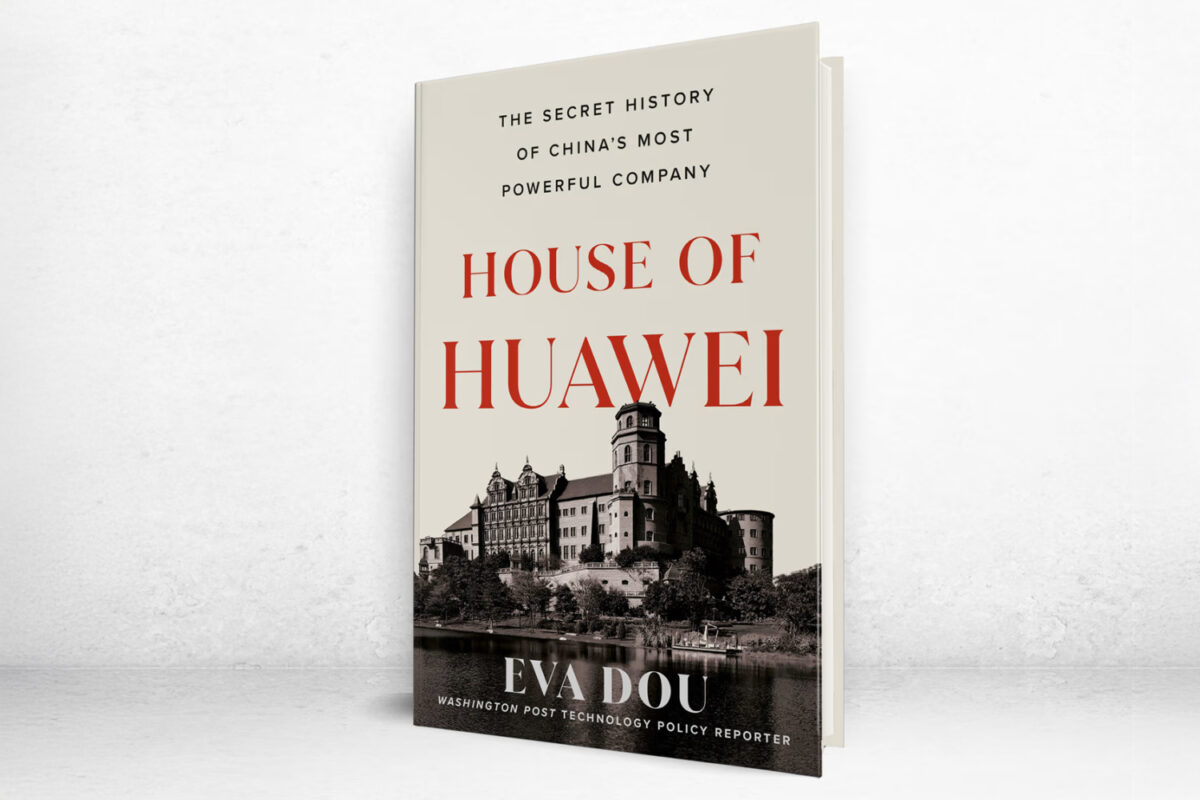Oppenheimer
Christopher Nolan
July 2023
Christopher Nolan’s latest blockbuster biopic on J Robert Oppenheimer was released on the 78th anniversary of the first nuclear test that ushered in the nuclear age. With Russia’s invasion of Ukraine raising concerns of nuclear warfare, Nolan’s biopic provides an insight into the father of the US nuclear program, the creation of the US atomic bomb, Oppenheimer’s links with communism and his subsequent fall from grace. The film draws directly from American Prometheus, a 2005 biography of Oppenheimer.
America’s ability to marshal the resources, knowledge and expertise to develop, test and use the first nuclear weapon had huge geopolitical ramifications which are still with us today. Whilst Nolan’s biopic focuses much on Oppenheimer himself the film provides a good insight into the challenges and worries US planners faced when trying to win the race to develop the world’s first nuclear bomb. The film is about the race to harness the power of the atomic bomb and its moral quandaries.
At the beginning of the 20th century some physicists theorised that the power within the atom could be released giving untold energy if only it could be harnessed. The idea was initially dismissed as fanciful until scientist Ernest Rutherford split the atom in 1917. Research continued at pace with much of it taking place in Germany until the Nazis came to power in 1933 and then expelled many Jews including top scientists who had been researching into the field of quantum physics. Many of them took their knowledge to the US and would eventually end up on the Manhattan project.
Julius Robert Oppenheimer was born in 1904 to Jewish parents who had been in the US for over a decade. His intelligence was recognised as a child, but this made him unpopular with others, something that continued into his adult age as he found it difficult to make friends.
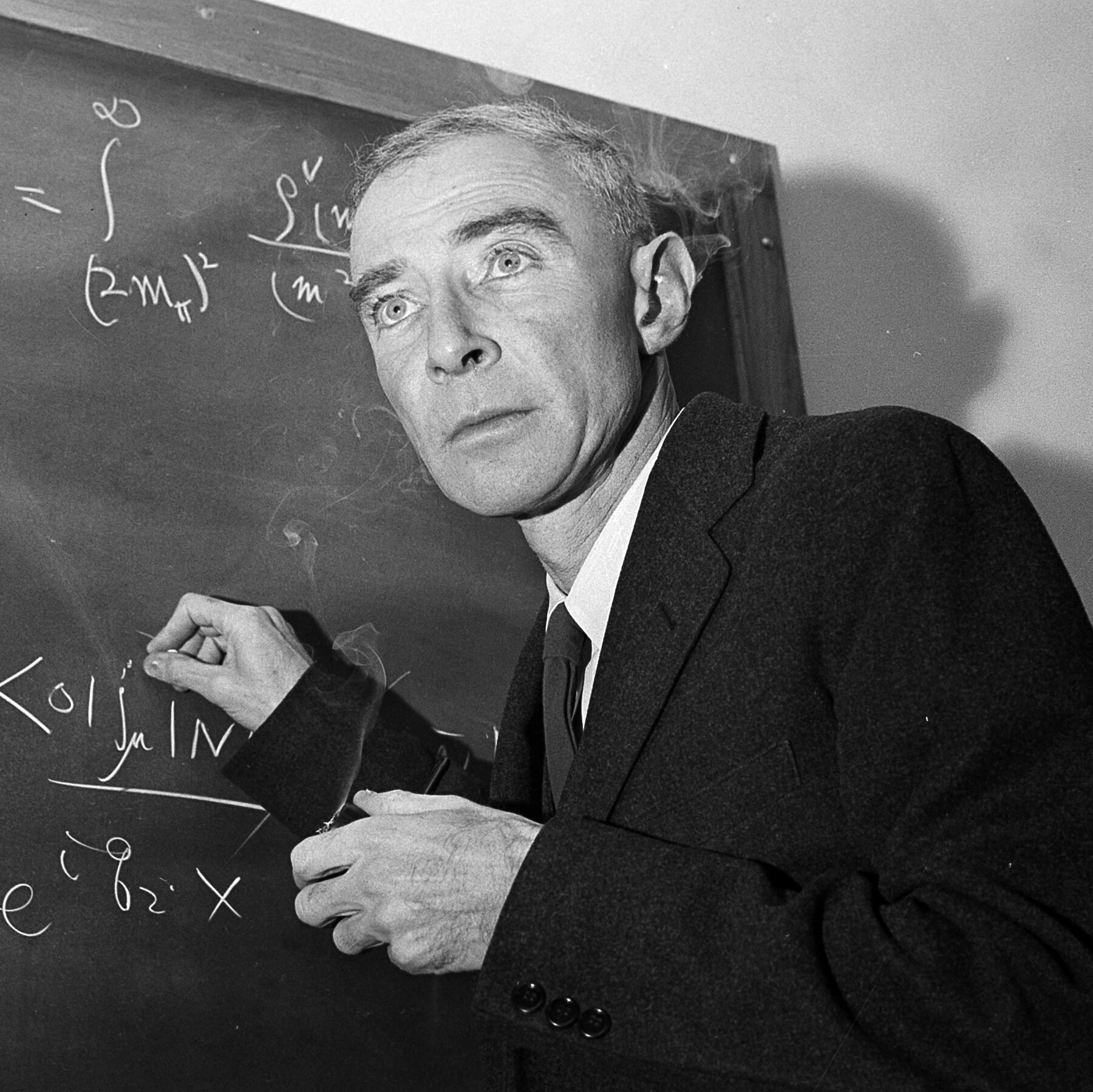
In the world of academia his intelligence was second to none and amid the dizzying breakthroughs in quantum physics Oppenheimer shone by publishing 16 papers by the time he was 23.
Like many young intellectuals in the 1930s, Oppenheimer supported social reforms that were later branded as communist ideas, something that would come back to haunt him. He donated to progressive causes and hosted fundraisers for the Republican cause in the Spanish Civil War and other anti-fascist activity. Some of his acquaintances were members of the Communist Party USA (CPUSA). His first relationship in 1936 was with a student at Stanford University who was a communist party member. By 1940 Oppenheimer married Katherine Puening, who was a radical Berkeley student and former Communist Party member. She had previously been married to an active member of the Communist Party, who was killed in the Spanish Civil War. Oppenheimer’s links with communism prompted the FBI to open a file on him in 1941.
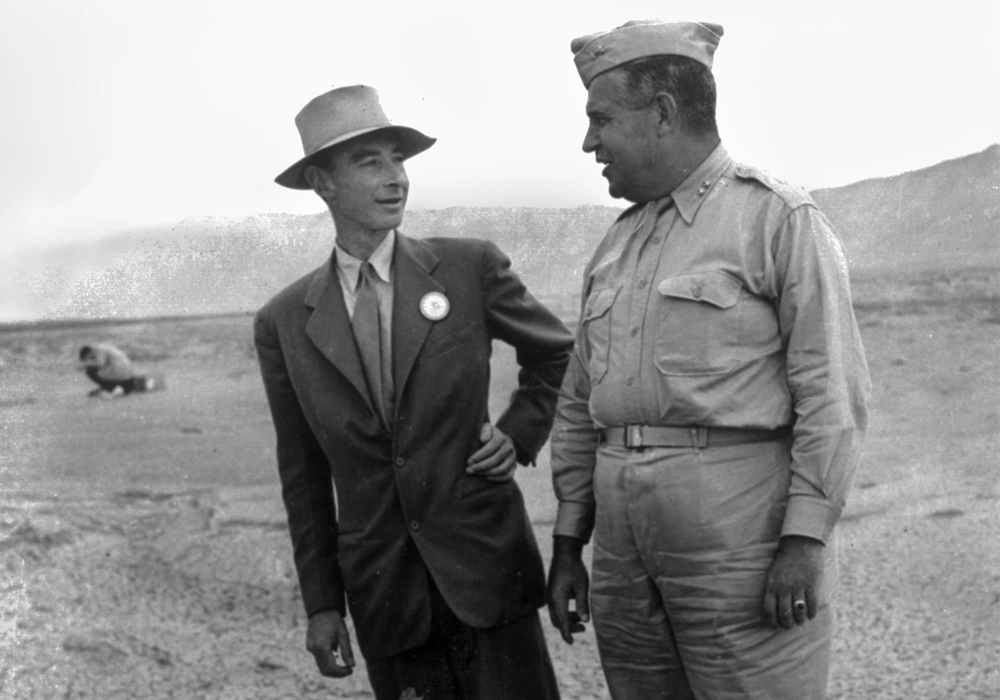 The US entered WW2 after the pearl harbour attack in December 1941. President Roosevelt had already approved a crash program to develop an atomic bomb, when it was known the Nazis were pursuing one. The US needed decades of talk of energy around atoms to move from the theoretical world to the real world. Lt Gen Leslie Groves was appointed director of the Manhattan Project and put in charge of finding someone to lead what was at the time the greatest scientific endeavour in history. Groves was impressed by Oppenheimer’s grasp of the practical aspects of physics and what was needed as well as the breadth of his knowledge. He selected Oppenheimer to head the secret project. But this choice surprised many, because Oppenheimer had left-wing political views and no record as a leader of large projects.
The US entered WW2 after the pearl harbour attack in December 1941. President Roosevelt had already approved a crash program to develop an atomic bomb, when it was known the Nazis were pursuing one. The US needed decades of talk of energy around atoms to move from the theoretical world to the real world. Lt Gen Leslie Groves was appointed director of the Manhattan Project and put in charge of finding someone to lead what was at the time the greatest scientific endeavour in history. Groves was impressed by Oppenheimer’s grasp of the practical aspects of physics and what was needed as well as the breadth of his knowledge. He selected Oppenheimer to head the secret project. But this choice surprised many, because Oppenheimer had left-wing political views and no record as a leader of large projects.
Oppenheimer brought together and led scientists, engineers, construction workers and military personnel in a secret site in Santa Fe, New Mexico, that would in time become a sprawling site that at its peak had 130,000 workers.
The top-secret project used uranium ore from a mine in what is now the Democratic Republic of the Congo, which was kept secret from the Germans. In Tennessee, uranium was enriched until it was radioactive enough for nuclear fission. In Washington, reactors transformed uranium into plutonium, an even more powerful nuclear fuel and at Los Alamos, New Mexico, Oppenheimer directed the laboratory that designed and built an experimental atomic bomb.

Nolan’s biopic shows by 1943 there was considerable anxiety among the scientists that the German nuclear weapons program might be progressing faster than the Manhattan Project. We now know Oppenheimer responded to a proposal to use radioactive materials to poison German food supplies, but this was never implemented. Fears continued as the Red Army began to push the Nazis back on the eastern front and that Hitler may use the bomb, but by 1945 it became clear the Nazis were not close to building the bomb and with Hitler’s death in April 1945, focus shifted to Japan who didn’t have a nuclear programme.
 Nolan’s film spent months preparing for and planning the culminating scene of a nuclear detonation. Oppenheimer’s team had spent 5 years researching, preparing and building a nuclear device. In the early hours of the 11th of July 1945, the nuclear age began. Plutonium, the size of a football, was compressed to sustain a chain reaction. This was accomplished by surrounding a ball of plutonium with chemical explosives whos’ force was directed at the plutonium, where atoms split and smashed into other atoms creating a chain reaction. The 18.6 kiloton blast was the equivalent of all the bombs dropped by the Germans on the UK during the blitz.
Nolan’s film spent months preparing for and planning the culminating scene of a nuclear detonation. Oppenheimer’s team had spent 5 years researching, preparing and building a nuclear device. In the early hours of the 11th of July 1945, the nuclear age began. Plutonium, the size of a football, was compressed to sustain a chain reaction. This was accomplished by surrounding a ball of plutonium with chemical explosives whos’ force was directed at the plutonium, where atoms split and smashed into other atoms creating a chain reaction. The 18.6 kiloton blast was the equivalent of all the bombs dropped by the Germans on the UK during the blitz.
The US would, despite numerous attempts by the Japanese to surrender, drop nuclear bombs over Hiroshima in August 1945 and then Nagasaki 3 days later. As days passed and images and news emerged of the devastation wrought on the Japanese cities the Manhattans projects jubilant scientists’ mood changed to one of horror.
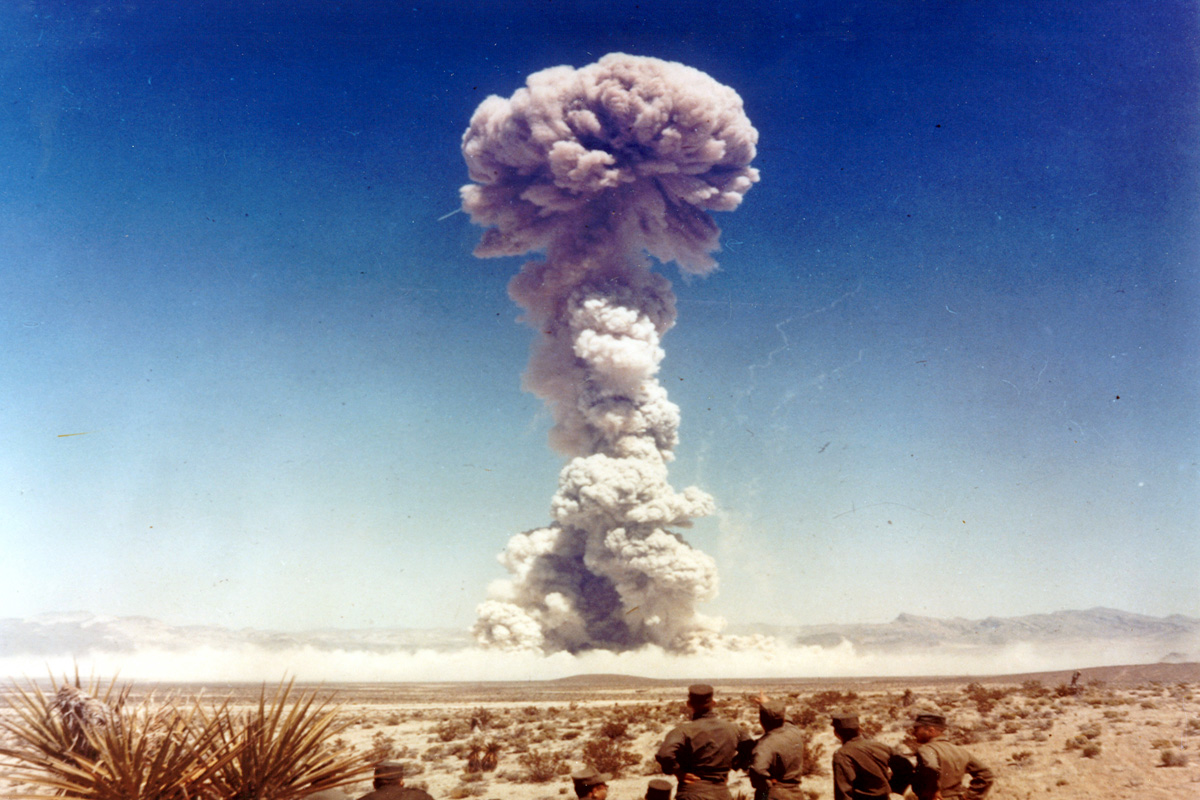
Oppenheimer left the Manhattan project in October 1945 as the politicians had now taken over. Oppenheimer’s job was to build the bomb, not decide how and when it’s used. The Manhattan project became public knowledge after the bombings of Hiroshima and Nagasaki. Oppenheimer became a national spokesman for science. He became a household name and his portrait appeared on the covers of Life and Time magazines. Nuclear physics became a powerful force as all governments of the world began to realise the strategic and political power that came with nuclear weapons. Like many scientists of his generation, Oppenheimer felt that security from atomic bombs would come only from a transnational organisation such as the newly formed United Nations, which could institute a program to stifle a nuclear arms race.
This was not how America’s political leaders saw it. They wanted to keep America’s monopoly on intellectual property. When the Soviet Union tested their nuclear bomb in August 1949, coming much earlier than Americans expected, there was an intense debate within the US military, and scientific communities over whether to proceed with the development of the far more powerful, nuclear fusion-based hydrogen bomb. When Oppenheimer refused to support this and told President Truman he had an intense sense of guilt, the President reportedly told his aides ‘I don’t want to see that son in bitch my office again.’ Oppenheimer’s attempts after World War 2 to constrain the new military technology and to stop an arms race made him unwelcome and a major problem for the American establishment. For J Edgar Hoover and Joseph McCarthy, only the deeds of a successful scientist matter, not his worlds or moral dilemmas. With Oppenheimer’s earlier brush with communism and with the Cold War beginning and Senator Joseph McCarthy beginning his red scare witch-hunt, Oppenheimer came to be seen as a Soviet spy.
In 1954 Oppenheimer was declared a security risk and stripped of his security clearance after people including his colleagues turned against him. Nolan’s biopic goes back and forth throughout the film covering the hearings that were conducted by the US Atomic Energy Commission (AEC). The hearings, we now know were a kangaroo court and the accusations of Oppenheimer being a communist spy were trumped up charges by an AEC commissioner Lewis Straus who had long harboured resentment against Oppenheimer both for his activity in opposing the hydrogen bomb and for his humiliation of Strauss before Congress some years earlier. Oppenheimer’s close friend who was also instrumental in the Manhattan project also testified against him due to falling out with him over the hydrogen bomb. Oppenheimer passed away in 1966 from throat cancer.
In 2022, the US Secretary of Energy, Jennifer Granholm vacated the 1954 revocation of Oppenheimer’s security clearance. Her statement said, “In 1954, the Atomic Energy Commission revoked Dr. Oppenheimer’s security clearance through a flawed process that violated the Commission’s own regulations. As time has passed, more evidence has come to light of the bias and unfairness of the process that Dr. Oppenheimer was subjected to while the evidence of his loyalty and love of country have only been further affirmed.”
The development of nuclear weapons was a vast endeavour that cannot be completely covered in Nolan’s 3-hour biopic. The Manhattan Project cost around $2.2 billion— the equivalent of around $37 billion today. The nuclear fission technology perfected by the Manhattan Project engineers has since become the basis for the development of nuclear reactors, power generators, as well as other innovations, including medical imaging systems and radiation therapies for various forms of cancer.
Nolan’s biopic is really a window into how the atomic bomb came to be with us and the moral dilemmas around it. For those who like to watch rather than read, Nolan’s biopic is not a bad place to start.


